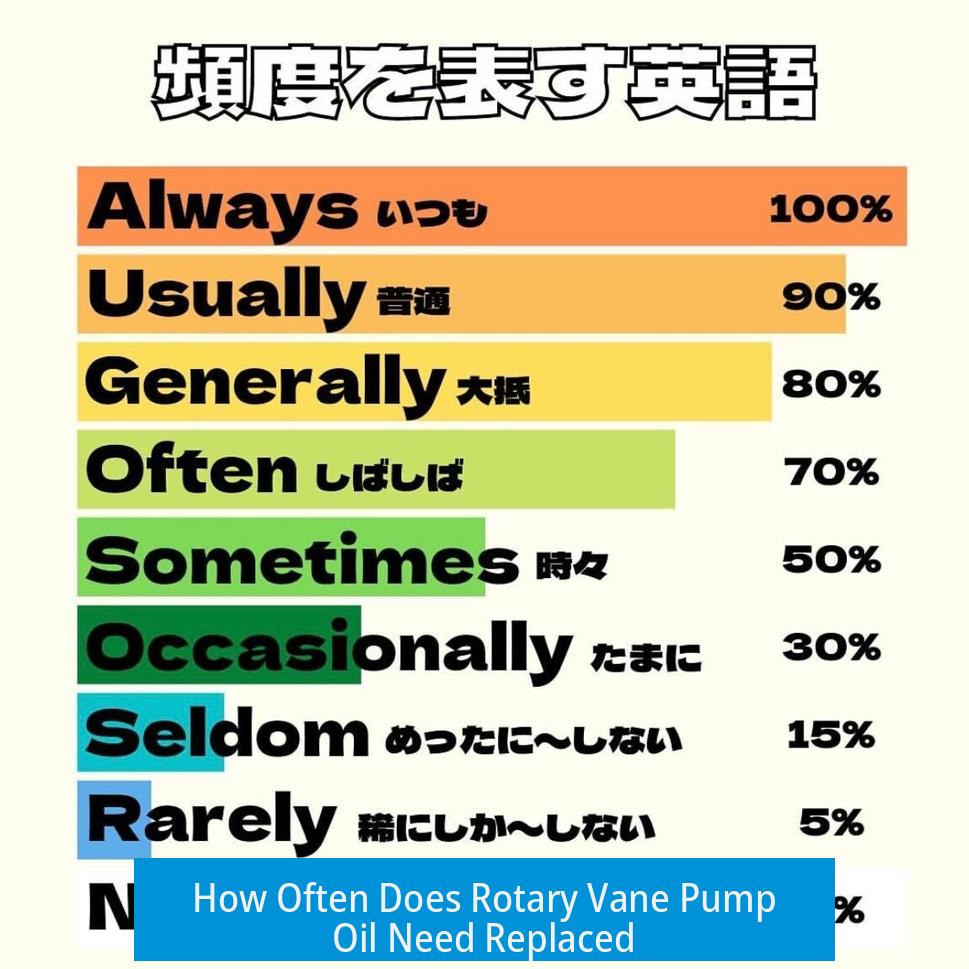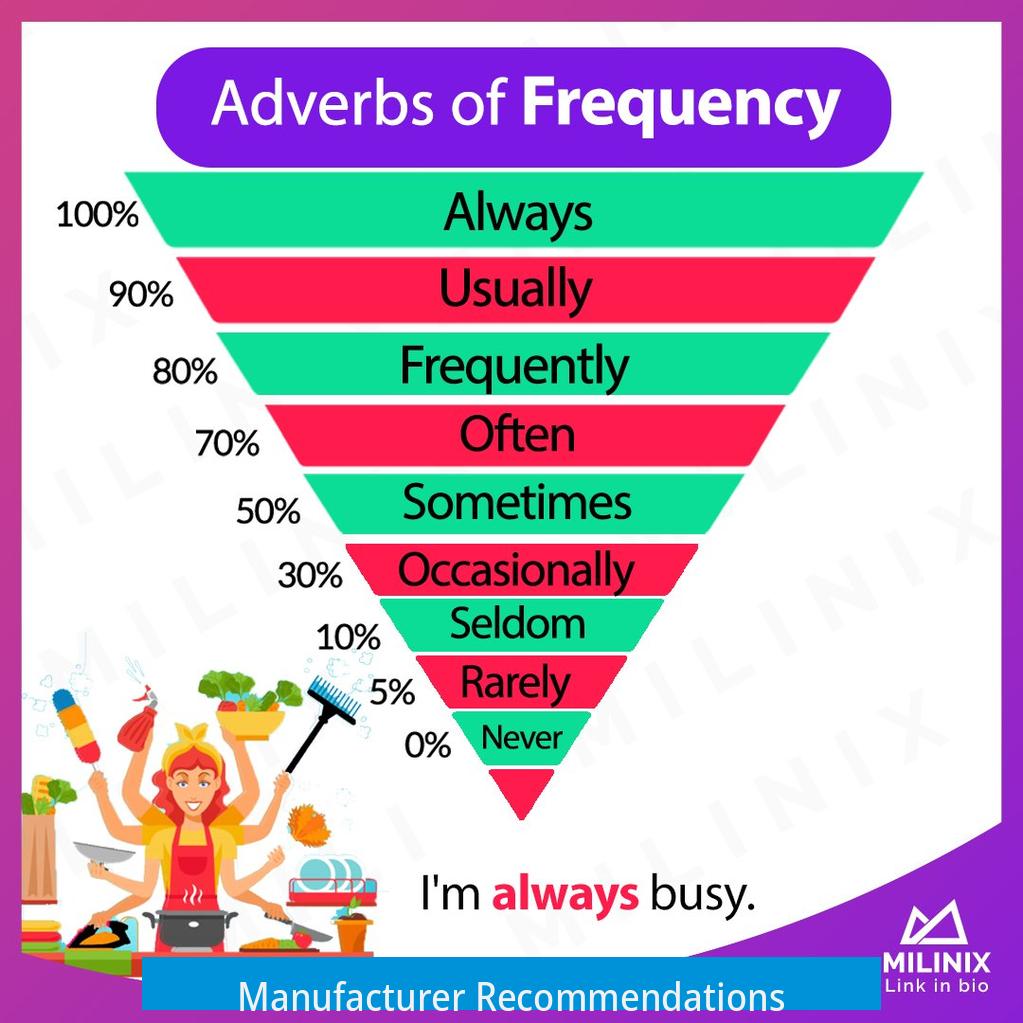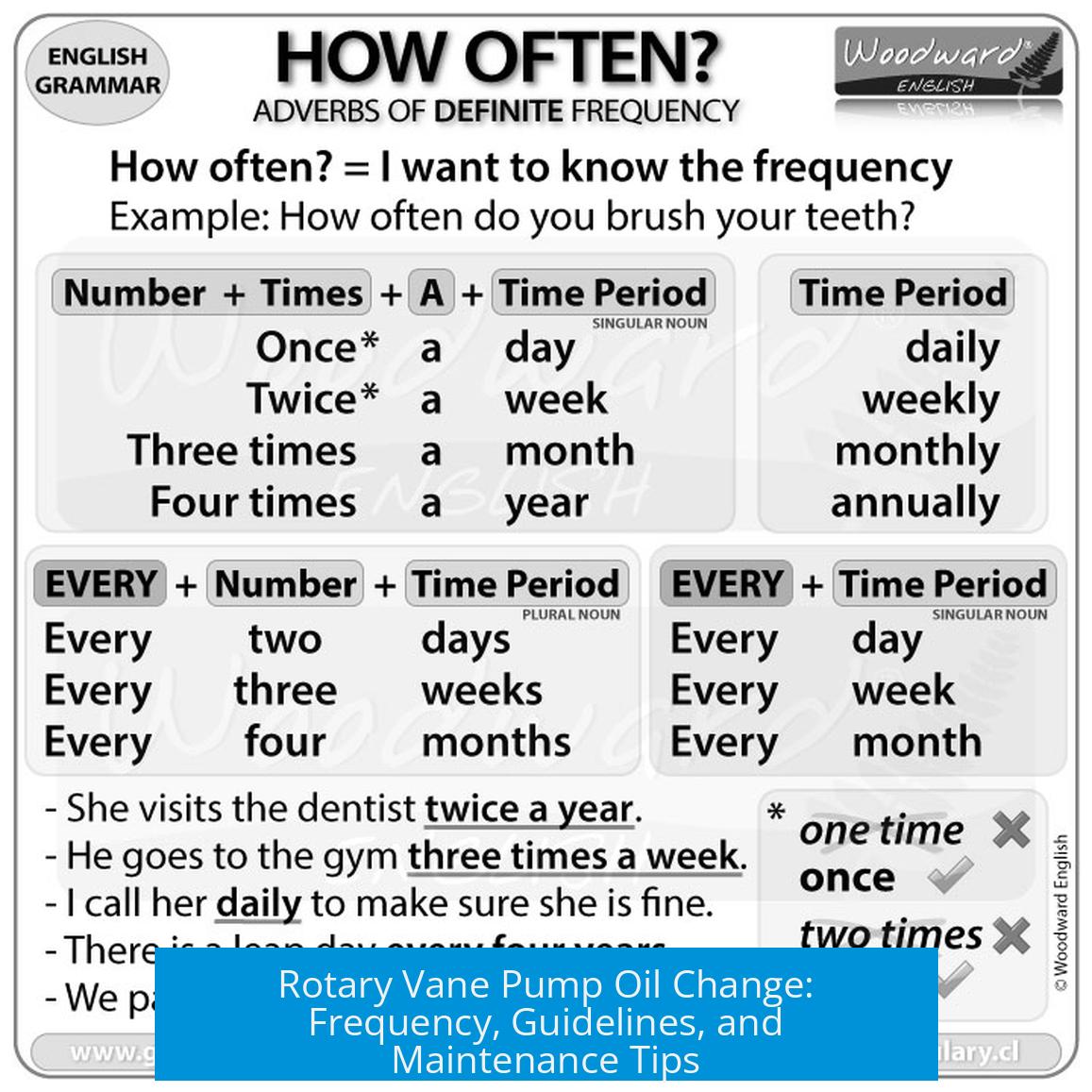How Often Does Rotary Vane Pump Oil Need Replaced?

Rotary vane pump oil typically requires replacement every 6 months to 1 year, but this interval varies significantly depending on operating conditions, contamination, and maintenance practices. Manufacturer guidelines and visual checks largely dictate oil change timing.
Manufacturer Recommendations

Most pump manufacturers provide color charts that help determine when to replace oil. The oil should be changed when it darkens to a deep brown shade. Manuals usually do not recommend frequent oil changes because rotary vane pumps are designed to run continuously for months without needing fresh oil.
Condition-Based Indicators

Oil quality assessment relies on visual inspection through a sight window. If the oil appears cloudy, emulsified, or unusually dark, it signals contamination—often from water or trapped chemicals. These signs necessitate immediate oil replacement to prevent pump damage and maintain performance.
- Cloudy or milky oil indicates water contamination.
- Dark or tar-like oil suggests organic contaminants or overheating.
- Emulsification points to mixed water and oil, reducing lubrication quality.
Impact of Usage and Maintenance

The frequency of oil changes depends largely on what substances the pump handles and how well it is maintained:
- Using a cold trap significantly reduces contamination and can allow oil to last several months or years.
- Operating with the gas ballast valve open flushes volatile chemicals and moisture, prolonging oil life but does not eliminate the need for flushing.
- Failure to use these precautions, especially in humid environments, may require oil changes every few months.
Examples show drastic differences: some pumps run for over a decade without oil changes if well-maintained, whereas improper use can degrade oil to black tar in less than a week.
Additional Considerations
Running the gas ballast introduces air, helping to remove volatile contaminants from the oil. However, some oil mist escapes the pump during operation. Without an oil trap on the outlet, this can deposit a greasy film in the environment, indicating the importance of proper exhaust management.
Key Takeaways
- Inspect oil condition regularly via sight glass for color, clarity, and emulsification.
- Follow manufacturer instructions, especially color charts, when deciding on oil changes.
- Use cold traps and gas ballast valves to extend oil life and reduce contamination.
- Replace oil every 6 to 12 months under normal use; more frequently if contamination or humidity is high.
- Proper maintenance practices can stretch oil replacement intervals from months to years.
How Often Does Rotary Vane Pump Oil Need Replaced?
Rotary vane pump oil replacement depends largely on usage, contamination, and maintenance, but generally, changing it every 6 to 12 months is the rule of thumb. That sounds simple, but peel back the layers and you’ll find a blend of variables that can stretch or shrink that interval dramatically.
Let’s dive into the nitty-gritty of how often you really need to swap out that vital lubricant. If you’re asking this question, chances are you want your pump to run smooth, avoid expensive repairs, and maybe save a little money by not changing the oil too often or too late.
Manufacturer’s Wisdom: Color Charts and Manuals
Most pump makers provide a handy color chart for oil condition. When the oil darkens to a deep brown, it’s a flashing yellow light to consider an oil change.
“Most rotary vane pumps are meant for continuous operation for months at a time without oil changes, so that would be an odd recommendation from the manual.”
True enough. The manuals don’t usually shout “change it every week!” but do recommend a 6-month to yearly interval if you want to avoid surprise downtime.
Your best first step? Keep an eye on the oil’s color through the viewing window. If it’s murky, brown, or oily goo starts emulsifying, that’s your cue.
Condition-Based Oil Changes: When to Act Sooner
Let’s say you’re not just running clean air through your pump. If water sneaks in, the oil clouds up and loses its slick qualities.
“If it’s become noticeably contaminated with water (becomes cloudy), then you’d need to change it as well.”
Don’t let cloudy oil linger. It’s like trying to run a marathon in muddy shoes — it won’t end well for your pump. Detecting impurities early can save hours of downtime.
The Impact of How You Use and Care for Your Pump
What you suck in affects how quickly the oil gets gunked up. If you’re careful—using a cold trap and running the gas ballast valve regularly—your oil may last for years.
“If you always use a cold trap and regularly let the pump run with the ballast valve open, you can go for years without changing the oil.”
On the flip side, ignore those precautions, and you might be changing your oil every few months.
Humidity is a sneaky adversary here. In a damp environment, water vapor seeps in relentlessly, necessitating more frequent oil changes. Without a cold trap or ballast valve, each rainy day is a threat to your oil quality.
By the way, the gas ballast valve is a clever little tool that lets a bit of air into the pump. It’s not a miracle fix, but it helps flush out volatile chemicals dissolved in the oil. So, it’s like giving your oil a light rinse, but not a full bath.
A Real-World Story: Ten Years Without a Change?
Here’s a kicker from a lab story: a rotary vane pump running in a diffractometer hadn’t had an oil change for at least 10 years. Yet the oil barely showed discoloration.
How? Rigorous usage of a -80°C cold trap protected the pump oil from contamination, and careful maintenance practices sealed the deal.
Contrast this with a tale of neglect: an organic chemistry lab accidentally dropped its cold trap, and within a week, the oil transformed into black tar. Yikes! Contamination turned that pump oil from a smooth operator to a sticky nightmare almost overnight.
Maintenance Tips to Stretch Your Oil’s Life
- Always use a cold trap if you deal with chemical vapors or moisture. It’s your oil’s best friend.
- Keep the gas ballast valve open regularly, especially when pumping condensable vapors. It flushes volatile contaminants out of the oil.
- Check oil condition often through the pump’s sight glass. Watch for murkiness or darkening.
- Change the oil promptly if it emulsifies, clouds, or smells funny.
- Install an oil trap on your pump’s outlet. Besides protecting the environment, it stops oil mist from turning your lab into a greasy disco.
Why Oil Changes Matter Beyond the Pump
Here’s a fact many forget: pump oil can escape as a fine mist in the airstream. Without an oil trap, this mist settles on surfaces, annoying coworkers and creating a slick, greasy film.
Environmental and health factors are more important than ever. Keeping oil fresh reduces the frequency of emissions and maintains air quality.
Quick Recap: When to Change Your Rotary Vane Pump Oil
- Inspect oil color regularly—if it turns dark brown, change it.
- Use cold traps and gas ballast valves to extend oil life significantly.
- Change oil every 6 to 12 months if running under normal conditions.
- In humid or contaminated environments, expect to replace oil more often, even every few months.
- Don’t rely solely on manufacturer recommendations; condition-based maintenance works best.
Still wondering if you should change the oil or not? Think about what your pump is pulling through. Are you breathing pure mountain air into it? Or swamp gas and mystery chemicals? That’s your biggest hint.
Maintaining your rotary vane pump oil properly isn’t just a routine chore; it keeps your pump healthy, saves money on repairs, and prevents messy workspaces.
So, are you ready to become a rotary vane pump oil detective? Keep those eyes on the oil color, invest in a cold trap if you haven’t yet, and never underestimate the power of the humble gas ballast valve.
How can I tell when the rotary vane pump oil needs replacing?
Check the oil color through the viewing window. When it turns dark brown, cloudy, or emulsifies, it should be changed. Use the manufacturer’s color chart for precise guidance.
Does running the gas ballast valve eliminate the need for oil changes?
Running the gas ballast helps flush volatile chemicals from the oil. However, it doesn’t replace oil changes. You will still need regular oil replacement to maintain pump health.
How does the use of a cold trap affect oil change frequency?
A cold trap captures contaminants before they reach the pump oil. With a cold trap, oil changes can be spaced out for months or even years, depending on usage.
What impact does humidity have on oil replacement intervals?
High humidity speeds up oil contamination. In humid environments, oil might need changing every time the pump runs to avoid damage.
Can a rotary vane pump oil last many years without being changed?
In exceptions where strict precautions are taken, oil can last years. One example showed no visible discoloration after 10 years, but this is rare and depends on the system.





Leave a Comment